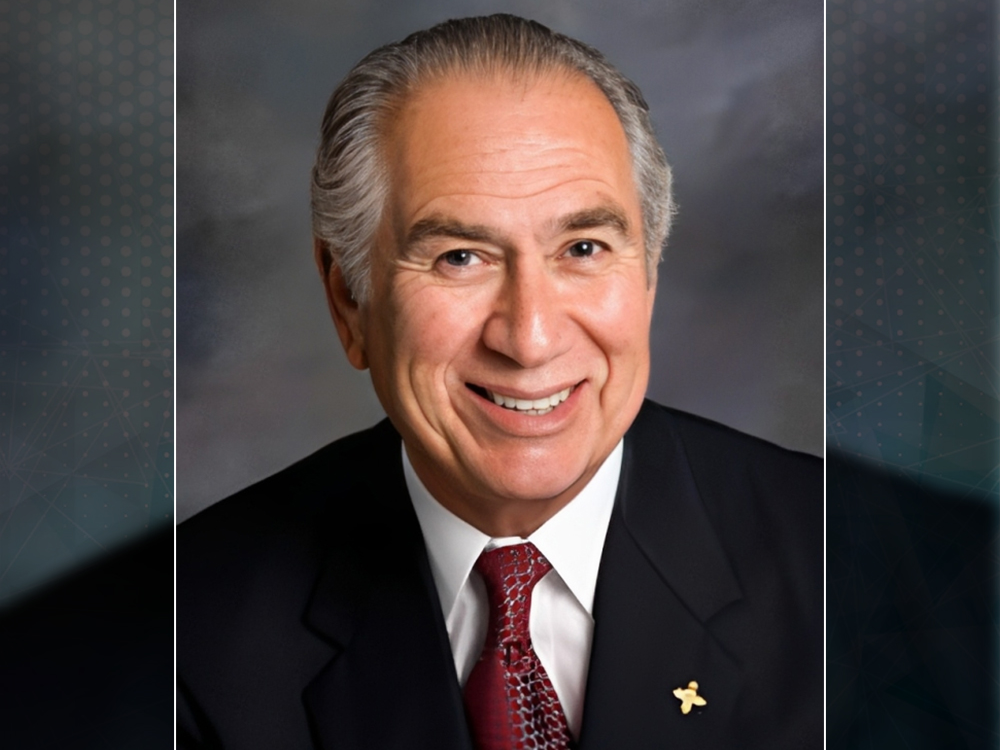Elections and Voting Systems A Global Comparative
Elections and Voting Systems A Global Comparative
Elections and Voting Systems A Global Comparative Analysis

F. Chris Garcia pointed out that how nations conduct elections and choose their leaders reflects their political values, historical context, and societal priorities. As we navigate the complexities of democratic governance, understanding the diverse approaches to elections and voting systems worldwide becomes essential. This article offers a comprehensive analysis of different electoral methods, shedding light on their implications for representation, participation, and the overall democratic process.
First-Past-the-Post (FPTP) System
The FPTP system is characterized by simplicity—voters cast their ballots for a single candidate, and the candidate with the most votes wins. This method is widely used in countries like the United Kingdom and the United States. While FPTP ensures clear outcomes and straightforward calculations, it can lead to disproportionate representation. Minor parties often struggle to win seats, and the system may encourage tactical voting, where individuals vote strategically to prevent the candidate they least prefer from winning.
Proportional Representation (PR) System
PR systems aim to allocate legislative seats in proportion to the votes each party receives. Countries like Germany and New Zealand implement variations of PR. This method fosters greater inclusivity by allowing minority parties to secure representation, but it can lead to coalition governments and complex negotiations. Critics argue that PR systems might prioritize party interests over individual representatives, making it challenging for governments to make decisive policy decisions.
Mixed-Member Proportional (MMP) System
MMP combines elements of FPTP and PR. Voters cast two ballots, one for a party and another for a candidate. Some seats are filled through FPTP, while others are allocated to ensure proportional representation. This approach, used in countries such as Japan and Germany, aims to balance local representation and overall proportionality. However, MMP systems can be intricate and may require careful voter education.
Preferential Voting and Ranked-Choice Voting
Preferential voting, employed in Australia, and ranked-choice voting (RCV), also known as instant runoff voting, used in places like Ireland, allow voters to rank candidates by preference. Lower-ranked candidates are eliminated if no candidate receives an outright majority, and their votes are redistributed based on subsequent preferences. These methods encourage consensus candidates and reduce the need for divisive runoff elections. However, implementing RCV can be complex and might necessitate a more profound understanding from voters.
Mandatory Voting
Countries like Australia and Belgium enforce mandatory voting laws, requiring eligible citizens to participate in elections. While this approach aims to increase civic engagement and voter turnout, critics argue that it might lead to uninformed or coerced voting, potentially undermining the democratic principle of voluntary participation.







